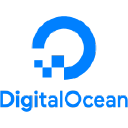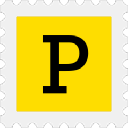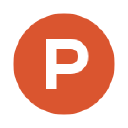How Our Privacy Friendly Web Analytics Tool Reached $4K/Month Without Paid Ads
Hello! Who are you and what business did you start?
Hello! I’m Marko Saric and I’m the co-founder of Plausible Analytics. Plausible Analytics is a simple, open-source, lightweight (< 1 KB) and privacy-friendly web analytics alternative to Google Analytics.
The idea with Plausible Analytics is to provide an independent web analytics tool that’s built around respect and privacy. We aim to strike the balance between giving some useful information to the website owner so they understand what their efforts result in but at the same time comply with all the privacy regulations and not be intrusive and invasive in terms of visitor’s privacy.
We’ve built Plausible to be as privacy friendly as it can be. We don’t use any cookies, we don’t collect any personal data such as IP addresses, we don’t have any persistent identifiers, we don’t track people between their devices and between the different sites and/or apps they use, and so on.
We’re working remotely and flexibly. We’re based in the EU and we are a completely independent, self-funded, and bootstrapped startup.
My responsibilities are in the marketing and communication side of things. I take care of the blog content, social...

Download the report and join our email newsletter packed with business ideas and money-making opportunities, backed by real-life case studies.

Download the report and join our email newsletter packed with business ideas and money-making opportunities, backed by real-life case studies.

Download the report and join our email newsletter packed with business ideas and money-making opportunities, backed by real-life case studies.

Download the report and join our email newsletter packed with business ideas and money-making opportunities, backed by real-life case studies.

Download the report and join our email newsletter packed with business ideas and money-making opportunities, backed by real-life case studies.

Download the report and join our email newsletter packed with business ideas and money-making opportunities, backed by real-life case studies.

Download the report and join our email newsletter packed with business ideas and money-making opportunities, backed by real-life case studies.

Download the report and join our email newsletter packed with business ideas and money-making opportunities, backed by real-life case studies.























